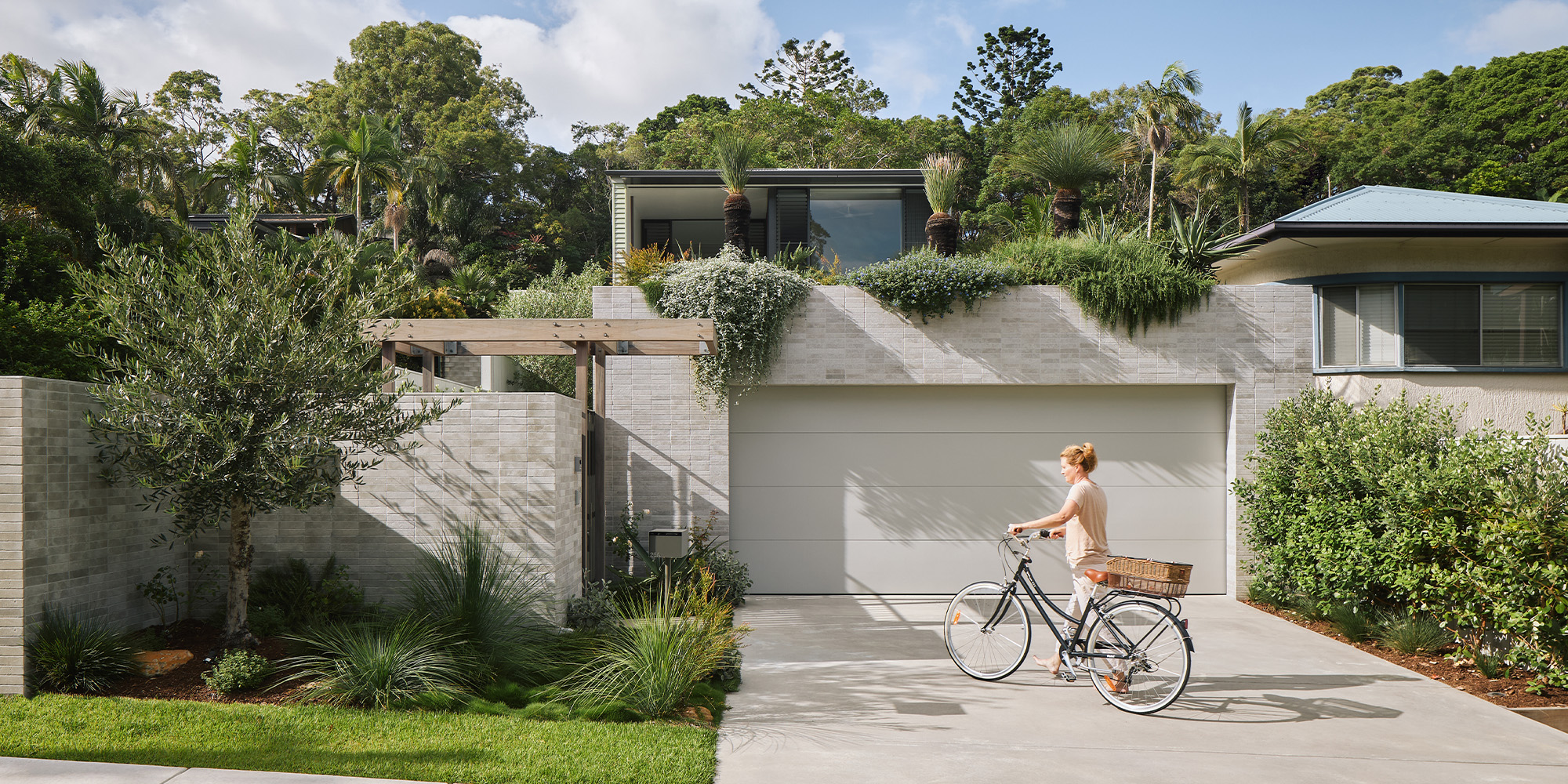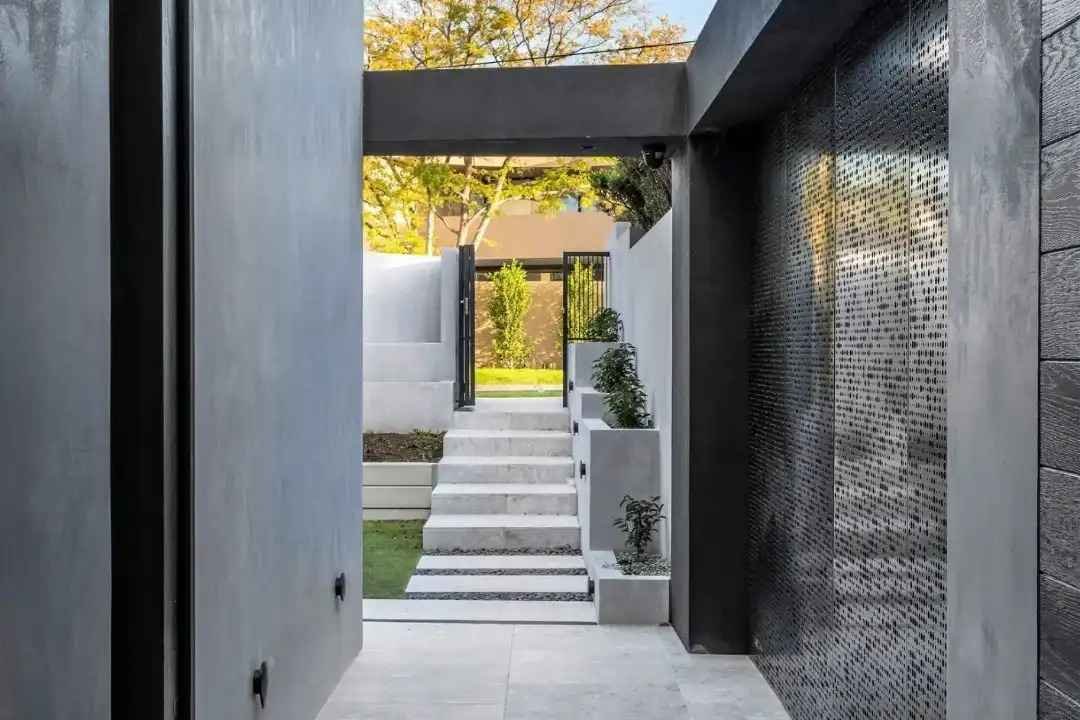Innovative Residential Interior Architect to Create Functional and Stylish Interiors
Innovative Residential Interior Architect to Create Functional and Stylish Interiors
Blog Article
Just How Residential Architects Produce Personalized Homes for Every Lifestyle
The procedure by which residential designers layout personalized homes is a nuanced interplay of understanding customer demands and translating those understandings into useful living spaces. Via detailed consultations and the usage of style devices, architects capture the essence of their clients' lifestyles, guaranteeing that each home reflects individual values and desires.
Recognizing Customer Demands

Effective communication is vital in this process. Architects ought to motivate customers to articulate their way of lives, family members dynamics, and future desires, making certain that the layout shows their special identity. By employing devices such as surveys, interviews, and aesthetic surveys, designers can gather valuable insights into the client's vision.
Moreover, comprehending the context in which a home will certainly exist is important. Engineers must consider elements such as the website attributes, regional climate, and cultural impacts that can impact the layout. This alternative technique enables for the production of areas that are not only cosmetically pleasing however sustainable and additionally functional.
Ultimately, a deep understanding of customer requires enables engineers to develop personalized homes that enhance the lifestyle for their residents, fostering a feeling of belonging and convenience within their living settings.
Layout Refine and Collaboration
The style process in residential design is a dynamic interaction of creative thinking and collaboration, where architects, customers, and numerous stakeholders work closely to bring a vision to life. This repetitive journey generally begins with a collection of meetings to develop an extensive understanding of the client's desires, preferences, and way of living requirements. Throughout these conversations, engineers collect important details, enabling them to conceptualize styles that align with the customer's vision.
Complying with the preliminary appointments, the design stage advances via sketches, 3D versions, and building renderings. This aesthetic interaction functions as a tool for architects to existing ideas, while also inviting customer feedback, guaranteeing that the final layout reverberates with their expectations. Reliable partnership with designers, professionals, and indoor designers is important during this phase, as it makes sure that all functional aspects of the project are effortlessly integrated.

Incorporating Way Of Life Aspects
Integrating lifestyle aspects into domestic design is necessary for creating spaces that absolutely resonate with the inhabitants. residential architecture homes. This process starts with understanding the distinct demands, choices, and day-to-day regimens of the property owners. Designers participate in comprehensive conversations to discover just how the individual or household uses their space, whether for amusing visitors, seeking pastimes, or looking for quiet hideaway
As soon as these understandings are gathered, designers can tailor layout features that enhance everyday experiences. For example, open layout may be developed for households that focus on togetherness, while devoted offices can be integrated for those who work from home. Outside locations, such as gardens or patio areas, can be emphasized for family members that take pleasure in exterior tasks or enjoyable.
In addition, adaptability is Web Site a vital consideration; multi-functional rooms enable for flexibility as way of lives progress gradually. Customized storage options can also be incorporated to fulfill details company demands, ensuring that the home stays clutter-free and functional. Inevitably, by attentively weaving way of living elements right into the architectural textile, residential designers develop customized homes that not only fulfill aesthetic wishes however likewise substantially improve the lifestyle for their clients.
Sustainable and Smart Design
Smart and sustainable style significantly plays an essential function in residential architecture, as homeowners look for to minimize their environmental impact while improving their living experiences. Designers are currently incorporating environmentally friendly products, energy-efficient systems, and ingenious technologies to create homes that not just meet aesthetic wishes but likewise serve the planet.
Including renewable resource sources, such as solar panels and wind turbines, enables house owners to harness natural deposits, significantly decreasing reliance on conventional power grids. Smart home technologies even more boost sustainability by enhancing energy usage via automated systems that manage lights, air conditioning, and heating based on occupancy and choices.
Furthermore, using sustainable building products-- like reclaimed timber, bamboo, and reused steel-- advertises a circular economic situation, reducing waste This Site and source usage. Designers additionally highlight easy layout principles, guaranteeing homes are oriented for optimum natural light and ventilation, thus decreasing the demand for fabricated heating and air conditioning.
Along with eco-friendly benefits, lasting and smart design contributes to the general convenience and health of residents. By prioritizing interior air quality and all-natural components, architects produce areas that foster health, enabling property owners to flourish attuned to their environment.
Finalizing and Carrying Out Strategies
Completing and applying strategies is a vital stage in the domestic architecture process, where the vision of a tailored home starts to materialize. This stage involves careful focus to information, making certain that every facet of the layout is precisely expressed and all set for building and construction. residential architecture homes. Designers team up very closely with customers to evaluate final strategies, addressing any final modifications or problems, while guaranteeing that all components straighten with the homeowner's way of life requirements
Once strategies are finalized, engineers prepare detailed building files, consisting of in-depth drawings and requirements that serve as a plan for builders. These records describe materials, coatings, and setup approaches, providing clarity for subcontractors and professionals. Furthermore, securing needed permits and adhering to local building regulations is essential, as it makes sure conformity and smooth task execution.
Efficient interaction is important throughout this phase. Normal updates and discussions with contractors assist to mitigate potential problems prior Read More Here to they emerge. By promoting a collective environment, architects can guarantee that the implementation straightens with the original vision. Eventually, this important phase transforms concepts into truth, laying the foundation for a home that reflects the unique way of living and choices of its inhabitants.
Verdict
In final thought, domestic engineers play a pivotal role in crafting tailored homes that cater to diverse way of lives. Through precise understanding of client requirements, collective style processes, and the combination of way of living elements, engineers make sure that each home reflects individual preferences.
The procedure by which domestic architects style personalized homes is a nuanced interplay of recognizing client requirements and converting those insights right into practical living spaces. Through detailed appointments and the usage of layout tools, engineers catch the significance of their clients' way of livings, making certain that each home reflects individual worths and desires. Designers must urge customers to verbalize their way of lives, household dynamics, and future ambitions, ensuring that the design mirrors their unique identification.The layout process in domestic style is a dynamic interaction of creative thinking and collaboration, where architects, clients, and numerous stakeholders work closely to bring a vision to life - residential architecture homes. Through careful understanding of client demands, collaborative design processes, and the assimilation of way of living elements, engineers make sure that each home shows specific preferences
Report this page